Have you ever seen a product, service, or marketing ad and thought, “Who in the world is this for?” We've all seen marketing campaigns that have fallen flat because they didn't connect with their target audience, or it was unclear who the target audience was.
Understanding target audiences is key to the success of any marketing campaign because consumers will feel as if they connect with your brand. If you're unsure how to find your target audience, here's what you need to know.
Target Market Vs. Target Audience
How to Find Your Target Audience
They are also used to define the buyer persona of a business, as well. Buyer personas are a representative overview of a business's ideal customer drawn from data that makes up a target audience. Some of these demographics and behavior areas are:
- Location
- Age
- Gender
- Employment
- Income
This information helps understand the customer and how they make purchase decisions. Targeting a specific audience will help your campaigns reach the correct people who will relate most to your company's message and products.
Always make sure to understand the difference between target audience and target market. While similar, their difference is critical for marketers.
Essentially, you can describe your target market by finding your target audience. If a target market were “marketers aged 25-35,” the target audience would be “marketers living in Boston, Massachusetts aged 25-35.”
Types of Target Audience
When we talk about types of target audiences, we're talking about more ways to define who you're creating a campaign for. You can segment your audience into groups or define them further using categories such as:
Purchase intention
This refers to groups of people looking for a specific product and wanting to collect more information before doing so. Some examples include consumers buying a new laptop, vehicle, clothing, or television. This data is necessary to see how you can better direct your messaging to your audience.
Interests
This is data about what people are into, like hobbies. Knowing this data helps you connect with your audience in a relatable way and unearth buyer motivation and behaviors. For example, when the weather is warmer and road racing season begins, consumers who enjoy road biking as a hobby are likely most interested in new road bikes in the spring.
For example, suppose you find many potential audiences interested in traveling. In that case, you can figure out how to use that message in your marketing campaign to appeal to more potential buyers.
Subculture
These are groups of people who identify with a shared experience. An example of this would be a specific music scene or genre of entertainment. People define themselves by subcultures, and companies can use those cultures to understand who they're reaching out to.
An example of reaching a subculture is thinking of how they relate to your business, especially if you have a large potential audience. For instance, Netflix markets to their subcultures, people who watch specific types of content, using social media accounts directed to those subcultures.
As you've probably guessed, coming up with a target audience involves some research, which goes into fleshing out who you want to reach and how you can get there in a way that stands out from competitors.
If you're ready to find yours, follow these steps below:
1. Use Google Analytics to learn more about your customers.
Google Analytics is excellent for obtaining demographic details about your audience and their interests. With Google Analytics, you'll be able to see website insights broken into different sections, like age, gender, and location. These sections are labeled clearly on the dashboard and provide colorful graphs for you to interpret.

Above is an example of the age overview in the Audiences portion of Google Analytics. Notice the breakdown of the numbers and how the graphs give you an excellent visual. This tool can be a great asset in getting insight into who’s visiting your website and how your content fits into their lives.
2. Create a reader persona to target blog content.
With reader personas, you'll never forget who you're writing for. Your reader persona should be near identical to your buyer persona because your blog should contain content that'll be useful for your readers. For example, marketers probably want to read blogs about digital media.
The difference between a reader persona and a buyer persona is that a reader persona generally focuses on the challenges your persona might face. How can you write content that solves those challenges?
For example, if one of the challenges you've identified in your buyer persona is “Marketing Mario wants to find a solution to low ROI on ad spending,” you can use a reader persona to think of content surrounding helping that challenge.
3. Look at social media analytics.
When are your followers most engaged with your social media channels?
Is it when you post a funny meme on Instagram or create a poll on Twitter? By looking at these questions, you can get a couple of clues into what content your audience is interested in, thus, filling in one of the parts needed to find a target audience.
Every social channel is different and has a diverse audience, so looking at your analytics across all platforms is essential. For example, Twitter tends to have a younger audience, while Facebook tends to have an older one. On the same note, Twitter is based on short-form content, while on Facebook, you can post long-form content and videos.
Instagram is a visually-based social media platform, so visually appealing content would thrive on the channel. Knowing these things, you can begin to plan your strategy accordingly.
Analytics can tell you who is looking at your profile. Moreover, they can tell you what's working and not working content-wise.
By posting content your audience is more interested in, you can gain followers in your target market.
4. Use Facebook Insights.
If you have a Facebook page, Facebook Insights is precisely what you need. Facebook gives every page a vast set of insights for free. These insights work similarly to Google Analytics — you'll receive critical information required to create a target audience.
You can see who and from where your visitors are by accessing the People tab on your Insights dashboard. Below is an example of how Facebook shows location demographics. It seems that a primary location is the East Coast, so it's safe to say that part of the target audience for this page is located in East Coast cities.
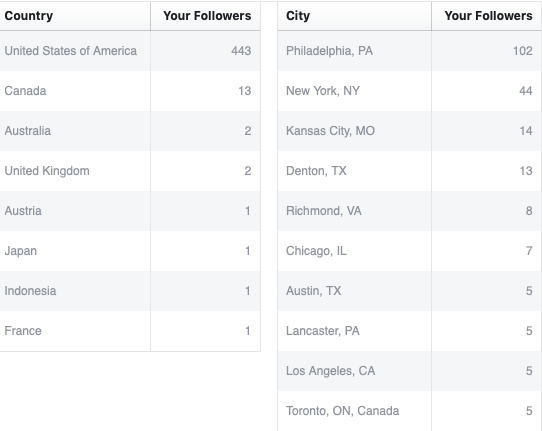
Other areas Facebook focuses on include interests and integrations with other social media platforms, like Twitter. The insights report tells your audience's lifestyle, such as if they purchase items online.
Insights like these can help you far into your campaign planning, past finding a target audience, so it's a valuable tool to check on now and then.
5. Check up on website performance.
Monitor your best- and worst-performing content areas on your website. Your website can be the introduction to your company for a lot of your target audience, so sprucing up what interests them is a great way to attract more audience members.
By looking at what blog posts or landing pages are captivating your audience, you can repurpose content that isn't and promote the content that is. For instance, if your blog post about email marketing was a hit with audiences, share it on your socials to expand your reach.
6. Engage with social media audiences.
Interacting with social media followers is so important because they're your audience. When you create your buyer persona, they're the users you should look to. Remember to keep this step in mind if you don't have social media accounts yet.
Ask your followers what they want to see, and use tools like Instagram Stories and replies to get their response for how/what you're doing. Whatever engagement you get, positive or negative, can influence how you attract more audience members.
For example, try tweeting something that invites a CTA, like “Send us a picture of your favorite outfit to wear with our new hats!” This evokes a response, responses you can analyze the language of and imitate to grow your audience.
1. Target
Target differentiates its content based on social platforms. For example, check out its Twitter account. The language is relaxed, engages users, and is generally geared toward a younger millennial crowd. This is because most of Twitter's users are younger.

Alternatively, check out this Facebook post, a partnership with Jessica Alba, an actress focused on her family.
This move was probably made because Target's target audience for Facebook campaigns is families, while its Twitter focuses on younger people. Target, as a global brand, has different target audiences.
For campaigns, they might focus on a specific audience over another or social media channels in general. Target found their target audiences and how they're represented differently and used that to their marketing advantage.
2. Lightlife Foods
Similarly to the example above, let's look at plant-based food company, Lightlife Foods. On Instagram, Lightlife posts high-quality images of recipes using their products. Occasionally, they work with Instagram influencers in the same market.

On Lightlife's Facebook, however, they've invested heavily in video content. This is probably because it's been proven that video content on Facebook performs exceptionally well. Lightlife is most likely targeting an audience that loves to watch videos on Facebook, whereas on Instagram, they're most likely targeting not only foodies but influencers in their industry.
3. Apple Music
Let's look at how Apple Music is reaching its target audience.
On Twitter, the streaming service prides itself on being free of ads, most likely to sway potential audience members away from similar streaming services that don't provide the same benefit. They post playlists and other content only reachable by visiting the website.
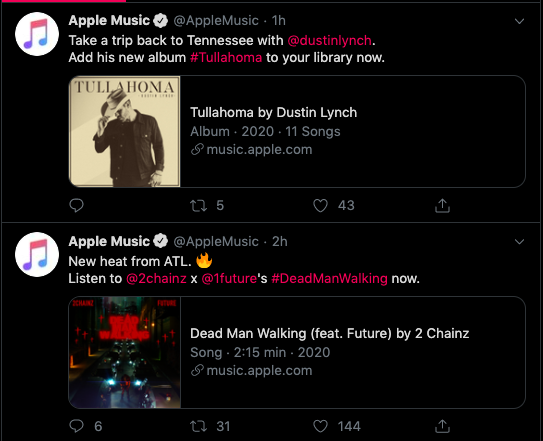
Most of its Instagram content, however, leverages videos. Apple Music uses its Instagram to post snippets of interviews and other premium content with a subscription. Apple Music likely sticks to a formula based on where its content types perform best.
4. Vans
Vans has been a popular shoe brand among skateboarders and self-proclaimed “misfits” since the 1960s, but its target audience has expanded over the years. Vans has kept up with its changing target market by segmenting its audience and creating different Instagram accounts that appeal to various target audiences. Each account appeals to multiple people, from skaters to surfers to snowboarders.
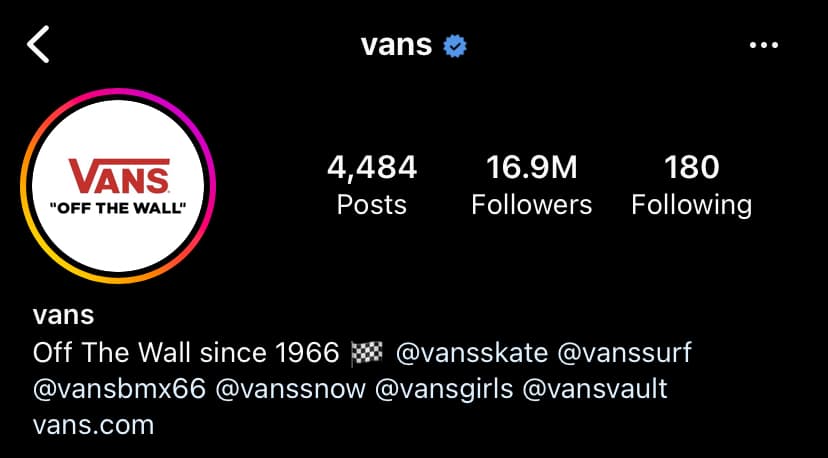
For example, the account @vansgirls appeals to women and features content relevant to that demographic.
5. Netflix
As mentioned, Netflix has different platforms and content that appeal to the various subcultures of people subscribed to the streaming service. For example, Netflix found that over half of its subscribers watched anime in 2021. As a result, the streaming platform announced it was adding 40 new anime titles in 2022.
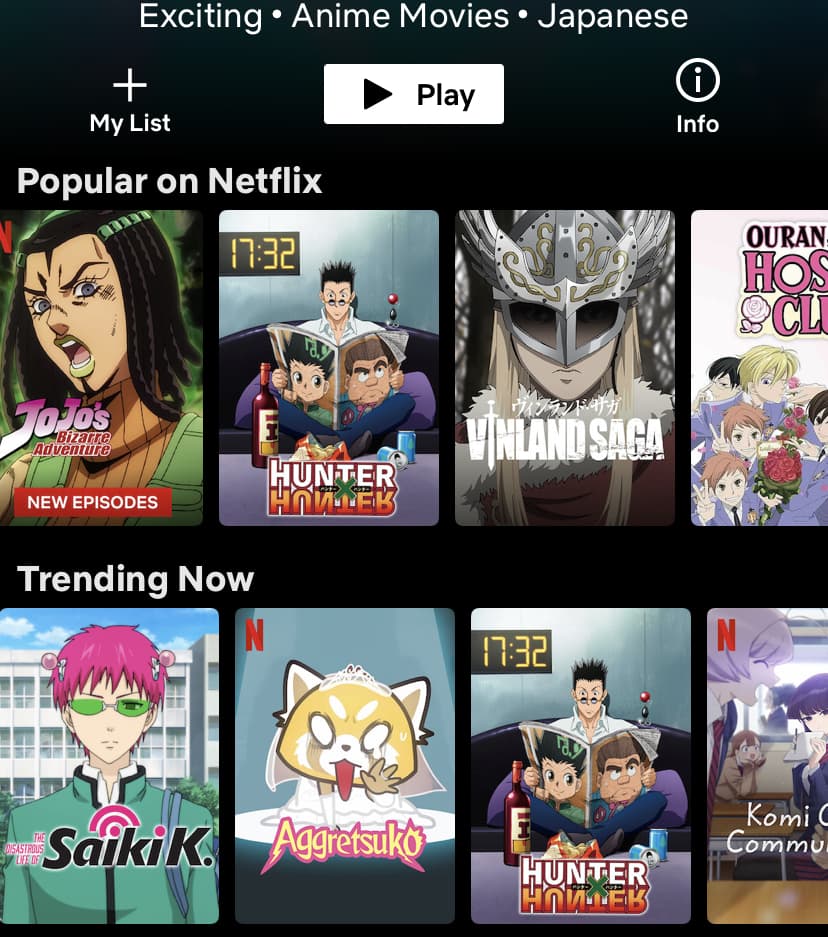
6. Fortnite
Fortnite is one of the most popular online video games to date, and recent statistics have shown an impressive amount of overlap between fans of anime and those of video games. 21% of gamers watch anime in a typical week and are 12% more likely to watch it than the average consumer.
With that in mind, it's no surprise that Fortnite decided to team up with Dragon Ball Z's anime franchise to include DBZ-related skins and characters in the game. It's likely Epic Games, the company behind Fortnite, found that many of the game's players are anime fans — the game developer decided to collaborate with one of the longest-running and most popular anime franchises to date.
Target audiences are meant to engage consumers and give a good idea of how to market to them. If your brand has multiple target audiences to appeal to, then Vans' and Netflix's methods of segmenting their audience and distributing different kinds of content could fit your business. If you have a singular audience, you can still benefit from knowing everything you can about them.
Happy campaigning!
![Target Audience: How to Find Yours [+ 5 Campaign Examples]](https://localseoresources.com/wp-content/uploads/https://no-cache.hubspot.com/cta/default/53/6ba52ce7-bb69-4b63-965b-4ea21ba905da.png)
![→ Download Now: Market Research Templates [Free Kit]](https://localseoresources.com/wp-content/uploads/2022/10/6ba52ce7-bb69-4b63-965b-4ea21ba905da.png)
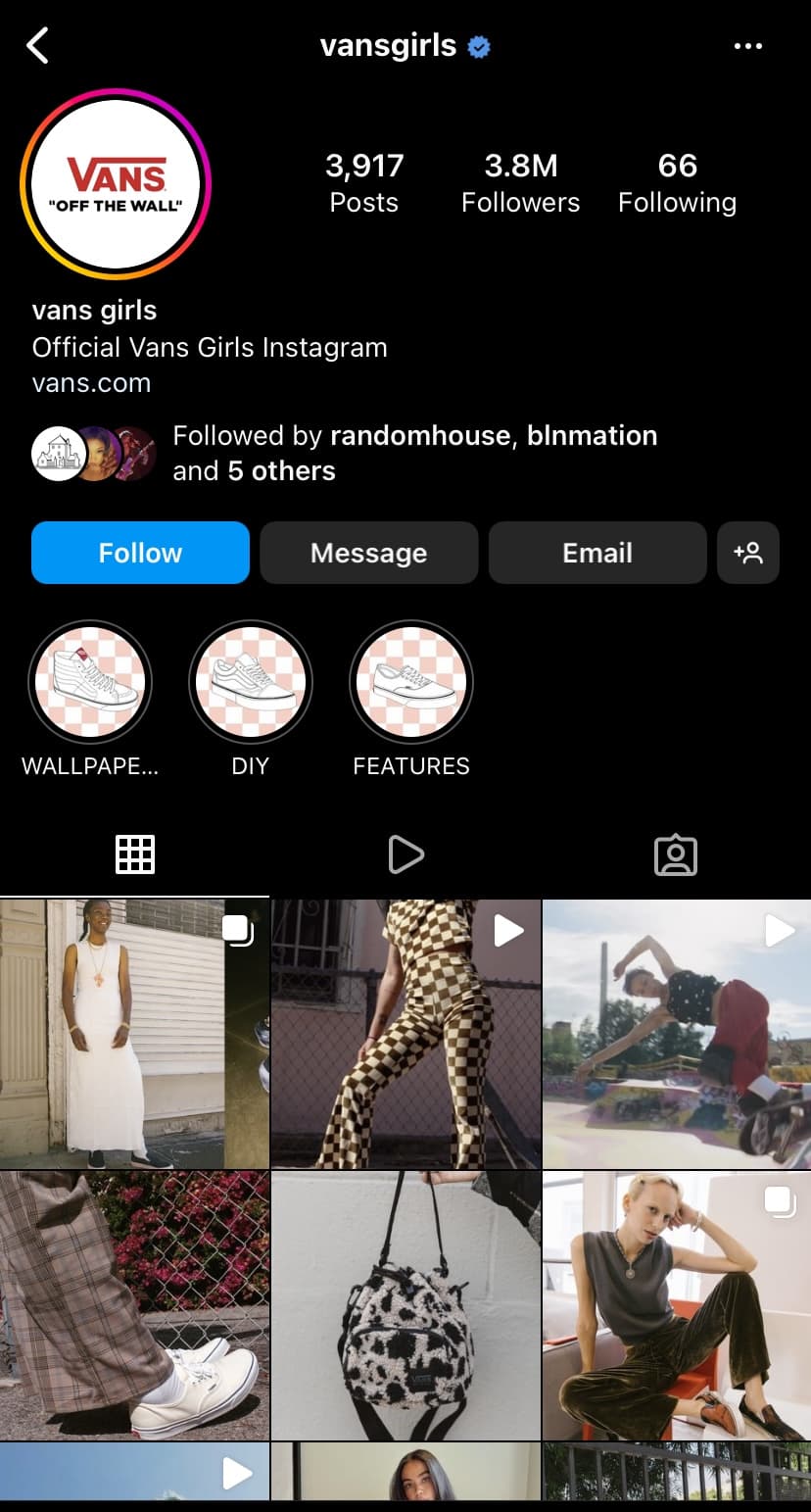
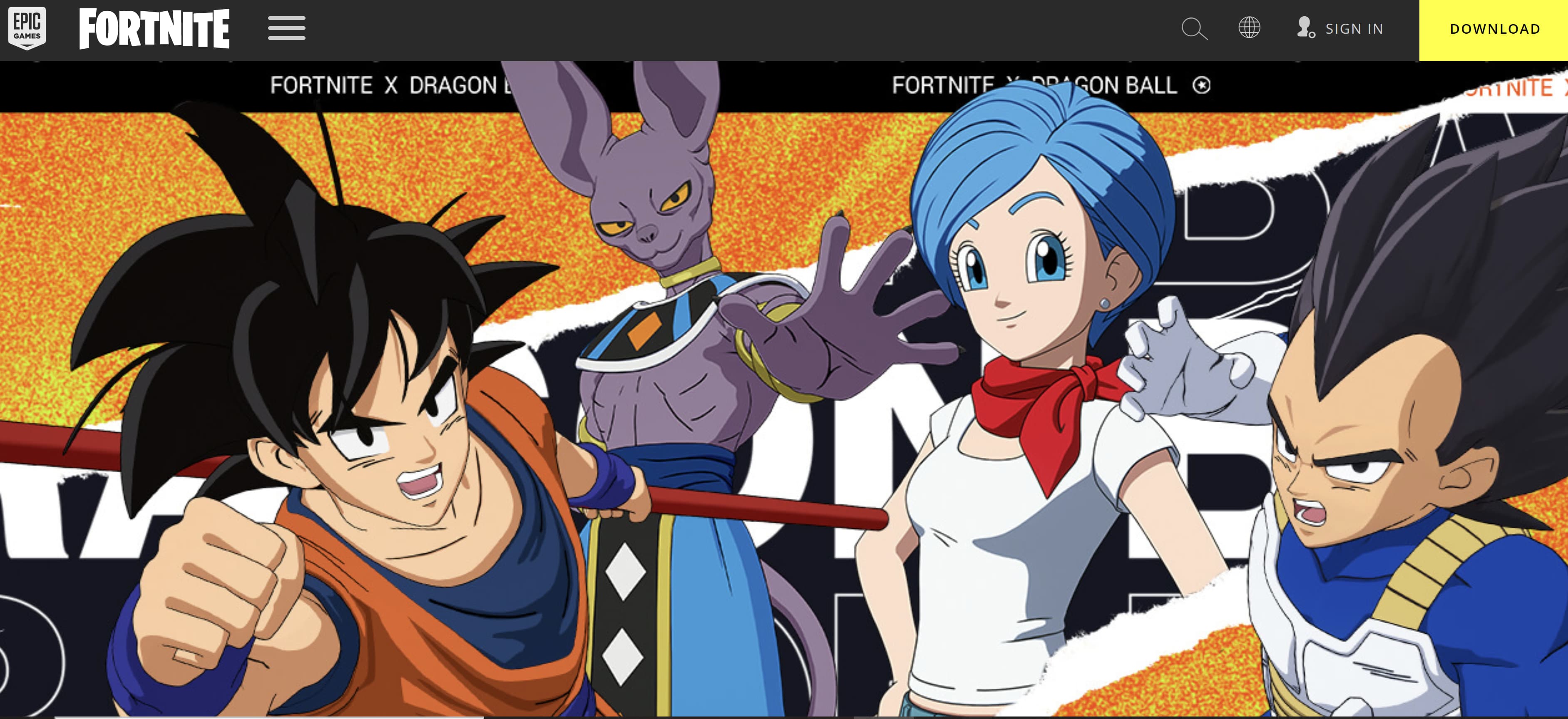
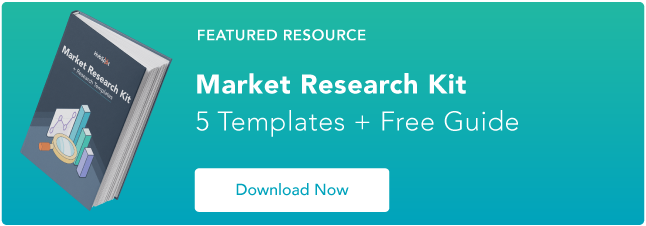

Recent Comments